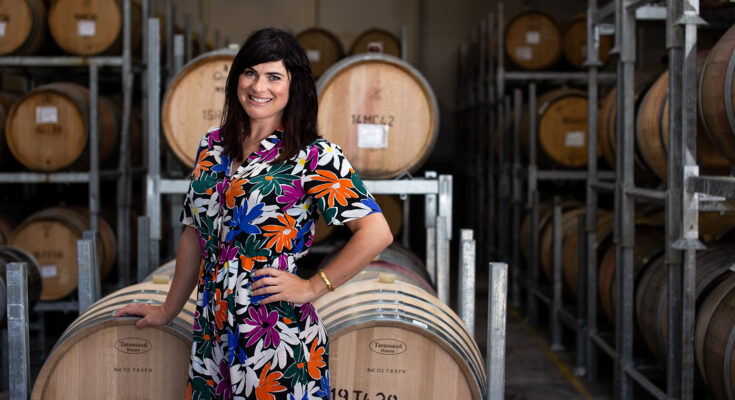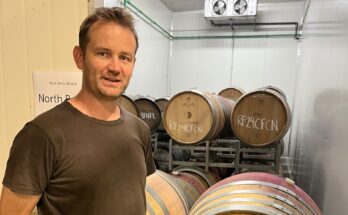At the Royal Easter Show Wine Awards this year, I got to judge a flight of Sauvignon Blanc alongside Natalie Christensen – Chief Winemaker at Yealands in Marlborough. I decided then I wanted to come down and have a catch up with her next time I was in the region. And the chance to do it on ‘International Sauvignon Blanc Day’ this year was too good an opportunity to pass up. We’d actually bumped into each other at an Art Exhibition in town the night before, and started off chatting about our common love of all things arty…
WineFolio: My background is very much arts – both parents were teachers, my Dad taught languages and my Mum was an Art teacher. I still really value ‘the Arts’ above anything else. I’m really into music, but I’d put things like books, cooking and wine in that camp as well. You’ve got a background in music don’t you?
Natalie Christensen: Yes, I’ve got a music degree. After High School I went to Victoria University and did a music degree, because I wanted to be a composer for New Zealand films. It was when the Film Industry was taking off.
WF: I love film music.
NC: Me too, I’m all about music that kind of sets the emotion, sets the tone, and brings everyone along on the journey.
WF: Small market though I suppose? So what happened there?
NC: I love music but after my first year I picked up a psychology degree because I was interested in the healing properties of music and had the idea that I would potentially go on to be a music therapist. At the time in New Zealand I think there were only two registered music therapists but they’d studied abroad. But in a few years time there was going to be a Masters of Music Therapy offered in NZ.
Then in my final year of my undergraduate I did a paper in Industrial Organisational Psychology, which is psychology of the workplace – all about high-performing teams, healthy work cultures, and HR.
WF: I find that interesting as well though..
NC: I find it really interesting because I’d been doing quite artsy-fartsy airy-fairy artistic stuff, but I’ve always been really into Maths and what drives people. They were offering a Masters of Science in this area and I thought that would be a pretty safe option to get a career job which would be solid. They only take fifteen students per year, so when I applied and got accepted, I thought “this is a gift, I should do that”. And so I did my Masters then worked in HR for eight months but I really didn’t enjoy it. I thought “Jeez what have I done, I’ve been at University all this time and got three degrees and I don’t think I want to be doing this.”
And that’s when I came and did a Vintage. I was going to save some money to go travelling overseas, because I’d just been study, study, study. My brother was living in Marlborough at the time, and he said “come and do a harvest” so I came to Marlborough in 2006 and worked at St Clair. While I was studying my Masters degree, I was working in a winebar and I was a volunteer firefighter in Lyttelton, so I had some wine knowledge and was used to pumps and hoses and steel-capped gumboots. Starting in the wine industry, everything started to fall into place. All these things I’d been doing along the way and I’d never really pieced it all together. I remember being so happy when I started working in a winery.
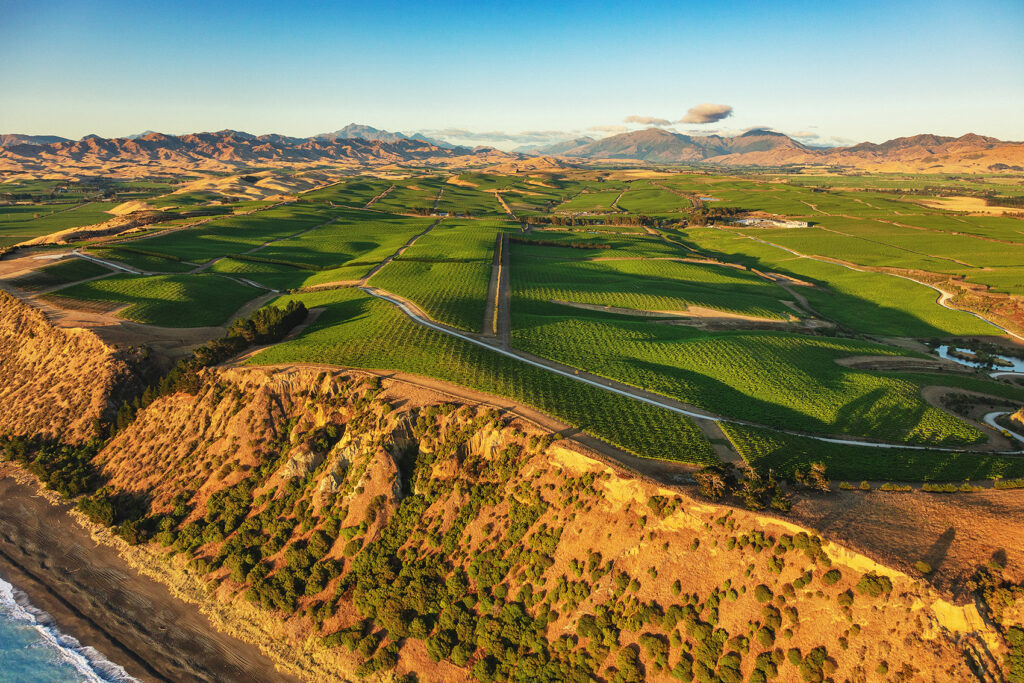
WF: Those are some interesting study options – were your family supportive of your choices?
NC: Yes, but I’ve always been quite headstrong, and I think if my Dad had had his way then I would have become a High School Maths Teacher! But I had a very strong passion for music, so that’s why I went down that path. I think they were pretty happy when I did my Masters in Psychology and HR-related studies. But they were incredibly supportive when I entered the wine industry. I think they knew I’d be OK whatever I did, and they weren’t going to hold me back from anything I wanted to do.
WF: So, having found yourself in the wine industry, what’s your path from there to here.
NC: I did my first harvest in St. Clair in 2006 when they’d just built the new winery and they offered me a permanent job after harvest. I had already booked some overseas travel, so took some leave without pay and was away in Europe for about two or three months. I started studying part time whilst I was working full time towards a graduate diploma through EIT so I could do it by distance.
I was at St. Clair for six years. I started in the lab and then I became assistant red wine maker. Then in 2012 I got a job at Matahiwi in the Wairarapa and worked there for 18 months. One Friday night I was with some friends and I was asking if they were going to America to do a harvest, and they said “oh no, we’re going to Spain now.” And I was like “oh, cool” but then they said that the company they were working for was looking for someone to make white wine for them, and maybe I should look into it.
I sent my CV on the Saturday, had a phone call from a lady in Spain on Sunday and then by Tuesday night I had a permanent position in Galicia in Rías Baixas making Albarino. I only had a month to get there because that’s when their harvest was starting. I had a full time job I had to resign from, a house full of stuff to sort out, and a boyfriend and a cat. I tidied things up, packed up my life and moved to Spain.
I was there on and off for about eighteen months. I had to learn Spanish – well, up there they speak a dialect called Gallejo, which was quite tricky. But the company I was working for got me an interpreter. And then on one of my Christmas breaks I did a harvest here at Yealands as their harvest winemaker on the night shift. Then I got asked back to do that again. That was in 2014 and 2015, and after the 2015 vintage I was offered a permanent role with Yealands that ultimately led to me becoming Chief Winemaker in January 2019.
WF: So this would be quite a ‘big’ role – I mean how hectares is Yealands?
NC: Well the vineyard here, Seaview Vineyard, is around about 1200 hectares, but that includes headlands and wetlands. Then we also have a couple of vineyards in the Wairau Valley, and a number of contract growers.
WF: I was just at Bell Hill yesterday, so to look at that, to this… it’s Wow! How do you find the ‘bigness’ of it all?
NC: I like it. It’s high stakes and you’re always busy. I remember first going to Matahiwi from St. Clair; you only have a few tanks to worry about. And in Spain, that was smaller again, but always so much going on. But you have to learn to let go. I’ve always preferred team sports to solo pursuits, so I like being part of a team. A collective will working towards the same goal. I thrive in team environments.
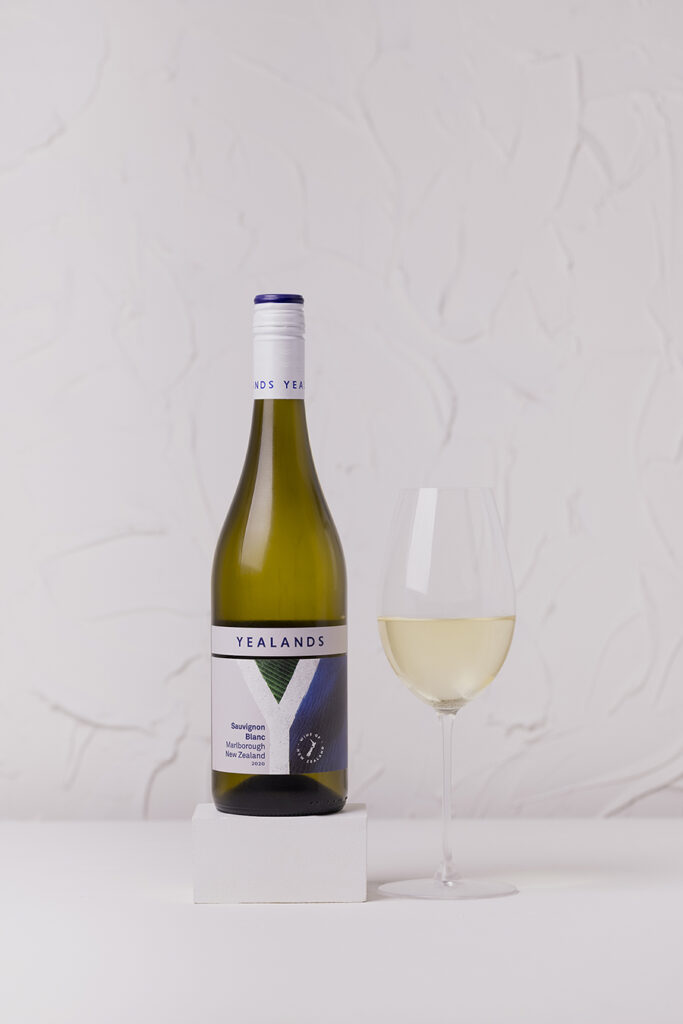
WF: Do you find that wine is hard to switch off from? I think I drive my wife mad with my immersion in all things wine.
NC: No, I can definitely switch off and relax, and just drink wine. The first sip you always just dissect it a little bit. If I was out for dinner with people who aren’t into wine, I wouldn’t make us all talk about it. But I do love talking about and drinking wines with people who are interested.
I think that it is amazing that wine is one of our largest exports, and seeing the accolades and the following that Marlborough Sauvignon Blanc has across the world. I mean New Zealand is a tiny country and the percentage of wine that we produce is miniscule in the scheme of things. And for anyone around the world to be talking about Marlborough Sauvignon Blanc is quite mind-blowing really. It’s been a crazy success story.
WF: And here we are it is International Sauvignon Blanc Day, and I came up specially!
NC: Yes, I don’t know what the celebrations are across the world. But with all the activity here and going out on social media, it should reach some other parts of the universe – everything that’s going on down here.
WF: I really like the range of styles of Sauvignon Blanc that we are seeing now, and those regional differences that are quite identifiably unique. It’s great to see Craggy Range planting Sauvignon Blanc on Te Muna Road in Martinborough.
NC: From working in the Wairarapa, I think they have a quite distinctive style of Sauvignon which is beautiful. It’s very floral and a different offering to what Marlborough does. And then you get the more opulent stone-fruit styles from further north.
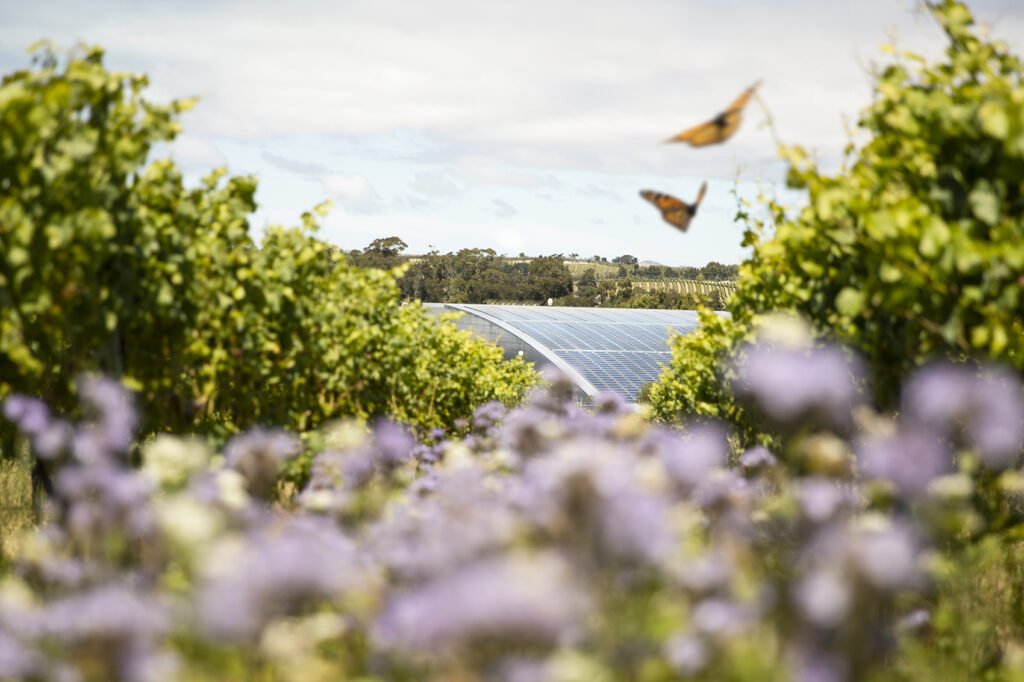
WF: A lot of the people making ‘natural’ wines seem to have a Sauvignon Blanc in their range as well, with skin ferments one thing that I really like. The bottle I brought to the Judge’s Dinner from The Supernatural was quite a different conversation in New Zealand Sauvignon Blanc. Do you try to keep abreast of those kind of wines?
NC: Yes, we’ve done skin-fermented Sauvignon and natural-style winemaking. I drink a lot of natural wine personally. It’s important as a winemaker to drink a range of wine styles.
WF: I think though that even if you talk to people who aren’t going to be doing anything like that – I’ve just been talking to Kevin Judd for example – but his style has changed a lot over the years. From what he was doing in Australia, to doing wild ferments here. Something that might be viewed as slightly left-field now, can slowly creep into mainstream.
NC: The wine industry that I’ve observed has always had a lot of conferences and a strong network where everyone’s trying each other’s wines and finding out what they did to get certain characters. I feel as though everyone is pretty open and will share. New Zealand is such a small country and the wine industry is a fairly small community where we are stronger together. We feel we need to do the best we can for New Zealand wine as a whole. There are conferences where it’s very much ‘no media – just winemakers’ as a workshop to learn from each other.
WF: I was slightly interested in the Syrah one that they’ve started up, but it’s not for us writers.
NC: it’s kind of a safe zone where people can talk about absolutely everything.
WF: I’m just interested. Wine is my favourite subject. That book that Jools van Costello put out – he sent it to me and I’d read it by the end of the day. And I emailed him back and said “yes, I’ve read that”. He replied “but I just sent it to you this morning..” I said “well it is my favourite subject!!” I understand that when you say to people that you’re a journalist and you want to come and talk to them, they get anxious – I get that. But to go from telling stories and writing articles, reviews – to being asked to do some judging. I was like “yeah, I can do that”.
NC: I love judging. Are you doing any more?
WF: I don’t know. I really, really enjoyed it; but I also don’t want to take a place that, in my mind, would be better suited for someone who is at the start of their career and will really grow them – I’m happy to do it, of course. What I really enjoyed was being the smallest voice in the room for once .I don’t know if you get that, but if you let on that you do a bit of wine, in conversation – then suddenly you’re the expert and it becomes the only thing that gets talked about. To go into a room where the wine knowledge was so huge, was great for me.
NC: I love tasting wines and seeing a lot of different styles. And also hearing comments and feedback from other judges who have come from different experiences. Getting a feel for the season and what’s happening in different parts of New Zealand. It’s super educational. Even just the outside stuff – the social time and connecting with people. I love it.
WF: There’s some interesting people in wine. The last person I caught up with before coming on this trip was Simon Nunns, and we probably only talked about wine for less than half of the conversation. Also, I was keen to get feedback on how I did at the judging – I checked with Jane (Cooper, Chief Judge) that it would be OK to ask Rebecca for some feedback, and I was interested in some honest opinion on how I’d done.
NC: You were awesome! I’ve judged at the International Wine Challenge in London a couple of times, and they have very structured feedback. You taste in panels of five and you have to give feedback on everyone else in that panel, it’s all done online, and you have to do it. Through that feedback, you either progress, or you don’t come back.
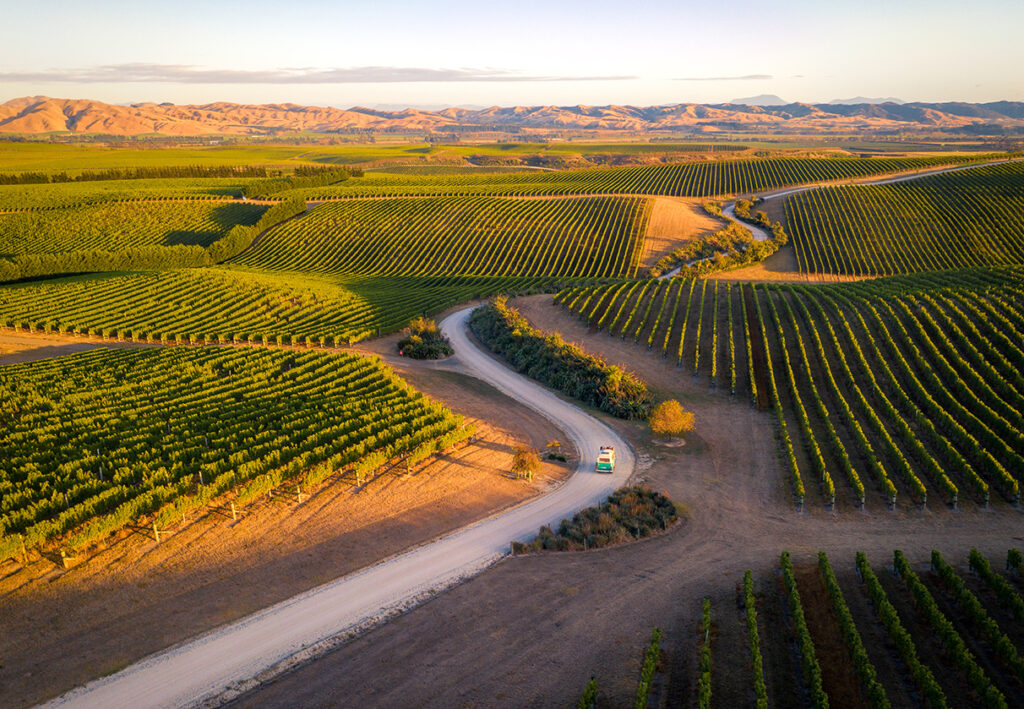
WF: Do you do much in the vineyard?
NC: the only time I spend any considerable time in the vineyard is during harvest, when I spend a lot of time going out tasting fruit, looking at fruit condition. Making the harvest picking decisions and that kind of thing. But the rest of the year I’m usually in the winery. Blending, getting wines out – I’m not out there pruning or that side of things. At critical times during the growing season I’ll check in and see what’s happening.
WF: Do you get time off to do personal development, like the judging as an example I suppose?
NC: Stuff like judging, yes. Obviously I get annual leave! (laughs). Mostly now when I travel for work it’s for Marketing and Sales, promoting the brand. And some of those trips I’ll tack on regional visits if there’s somewhere I want to visit.
WF: Do you like that sort of thing?
NC: It can be quite eye-opening to visit our markets. I know people are drinking the wine – we make a reasonable amount of it, but it’s nice to get a connection to that. See who’s drinking it, what markets it’s being sold in. I like the engagement of that. I’m a social person so I like interacting, but I’m quite happy for someone else to do it, I don’t need to be in the limelight.
WF: Do you ever get faced with some quirky situations, where someone’s wine knowledge is such that they ask you funny questions?
NC: I accept that not everyone has that knowledge. I’ve been asked before “Do you add lemons?” but if you’ve never been involved in wine production, then that’s quite a valid question. Especially when people describe wine with different fruit flavours, like cinnamon stick or that kind of thing. It’s quite a logical progression to then think that those things might occur?
WF: Shall we try a few wines, and we can carry on talking as well?
NC: Yes, I do actually have some Vintage ’21 wines which aren’t finished, which I thought would be quite fun to taste. We don’t have to try all of them, but for example, I’ve got a lighter alcohol Sauvignon..
WF: I’d be keen to try that. I’ve had a few zero alcohol wines that weren’t as nice an experience as a version ‘with alcohol’. Some had a hollowness to the body – why would taking the alcohol out make it feel like that?
NC: Well, alcohol is a very structural component of a wine. So when you start manipulating that, it takes something that’s sort of a backbone of the structure away.
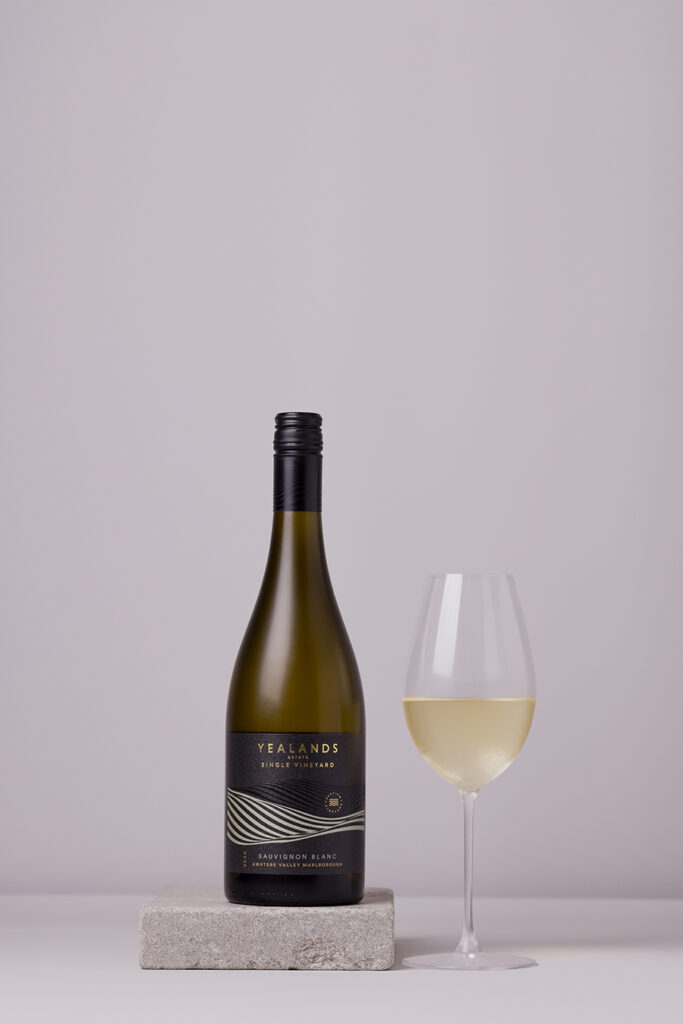
When you’re dropping out alcohol you need something else to take its place. Quite often that will be residual sugar, or you need to drop the acidity down a bit more, to try and get some balance. It’s quite a tricky wine style to make.
We don’t make alcohol-free at the moment. We make it at 9.5%, so about 25% lighter than our standard sauvignon, and we try to achieve this naturally. Doing styles like Zero, you’re using reverse osmosis or Spinning Cone technology to strip alcohol out. To achieve our lighter in alcohol Sauvignon we trim the canopies really low to slow the sugar accumulation of the fruit. Using this technique, the acidity drops and you get the flavour development. The acids are dropping out but the brix, the sweetness isn’t progressing at such a rate. So the idea is you get flavourful styles but with more moderate alcohol.
WF: With it being called ‘lighter’ do you think people would expect it to have a less flavour as well as less alcohol? Like a less-rich tasting wine?
NC: We’ve been part of a research programme for the last seven years through New Zealand Winegrowers and MPI, and the whole premise of that programme was finding different techniques to create a full-bodied wine but in a lighter style. So people aren’t sacrificing their wine experience, and flavour, but are getting the benefit of lower alcohol. The lighter wines do have a calorie reduction too. But I think people are slightly more forgiving on Lighter wines if they know what they are. If they were expecting something big, bold and massive and it’s not – they might look and go “oh well, it’s 9.5%”.
I think with Marlborough Sauvignon, it is so aromatic and it’s got vibrant acidity that gives a lot of character to the wine, so dropping down the alcohol it can be a bit more forgiving.
Lower alcohol wines have been around for quite some time. The feedback on some of the early ones on the market were “acidic, thin, mean”, because people were just picking them early, or stripping all the alcohol out. So the idea of the programme was finding different techniques to create good styles.
Our Yealands Reserve, is a style where we try and make a savoury, richer style. It comes from the Seaview Vineyard, but one of the blocks that makes up 50% of the blend has broader acidity and is a bit more savoury, and we blend it in with a more tropical fruit to get a warm, rich, more structured style.
WF: I was blown away by the 2020 wines that I’ve had though. I can’t remember one that I didn’t really like – I think it’s been a killer year.
NC: You should wait until you see the 2021s. ’19 and ’20 have been really awesome Sauvignon vintages. ’21 is something again (smiles broadly).
WF: That’s got that lovely, classic tarragon herbal note to it.
NC: That’s a classic character from the Awatere, yes. Herbal or blossoming herb flower character. Then we’ve got our Single Vineyard Sauvignon, which only comes from Seaview, and some of our highest-graded blocks from around the site. When I’m putting this style together I like to get that classic salty minerality. That herbal note too, but then it’s all about that textural crushed oyster shell, which I think is one of our hallmarks. It’s so unique and awesome from out here.
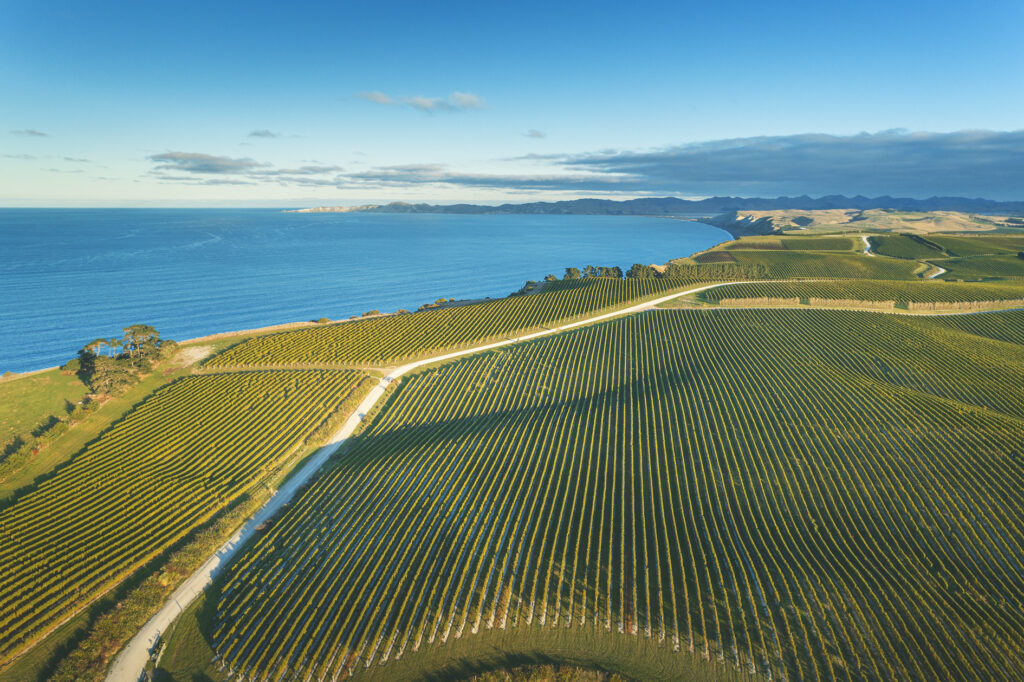
WF: I was so looking forward to doing this, and seeing the progression through the Sauvignon Blancs – picking up on their individualities. I’m stoked to be doing this on ‘Sauvignon Blanc Day’. That briny, savoury note to that is fantastic. I love the salinity, and that pithy dryness. I sometimes find the single block expressions too precise – almost to a point where you are losing something. Their singularity isn’t always ‘better’ then the whole you get from across a region, where things are added rather than stripped back. Sometimes I want that ”everythingness”, and then other times I love that beautiful single voice, that perfect note that a small-block wine delivers.
NC: it’s interesting with Sauvignon that some of the wines that are the most robust – or do really well in shows – are those larger commercial blends, because they are a blend of everything. Some of those more precise expressions are from single sites. That’s a nice segue into our Single Block wines! S1 comes from deeper up the Seaview Vineyard in a sheltered warmer site that’s usually one of the first that we pick. We tend to get more stonefruit, like nectarine and a softer, more plush acidity.
WF: Having said what I said – I do prefer this one to anything else so far!! Hahaha.
NC: The structure and the texture is completely different from this one. This is briny, almost mineral and edgy. Whereas this one has a soft chalkiness, a softer acidity and there’s more flesh to it. And it doesn’t have that salty intensity through the palate.
We’ve just been working on next year’s blends, and this is our L5 – the ’20, but the 2019 won the Decanter Trophy for Best Sauvignon in the World! This isn’t that wine – this is the next vintage on. It is one of our most coastal expressions and is always kind of herbal, with a savoury structure on the nose, and then a textural mineral palate, but there’s an elegance there too. It’s like the seaside. You feel yourself sniffing an empty oyster shell!
WF: Yes, it’s like seaspray, and when you walk on a blustery, exposed beach and you get back and it’s kind of energised you. This wine has that sort of refreshing, energy to it.
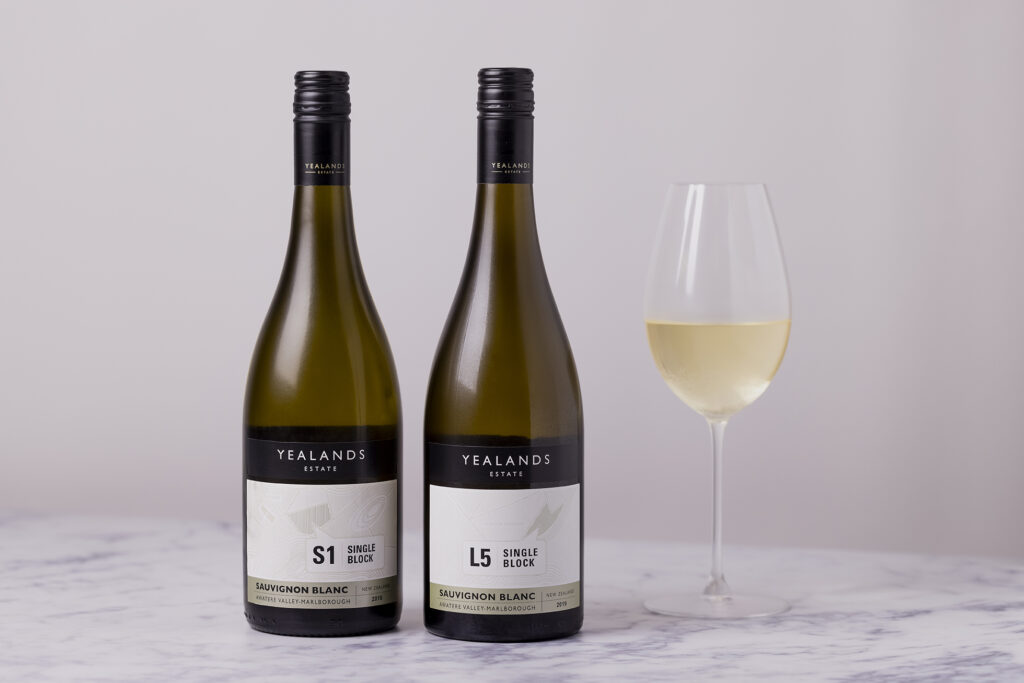
NC: So we’ve been looking at 2020 wines, but this is 2018 State of Flux, from our egg. The wine comes from our Brackenfield Vineyard which is right on the Awatere River on a river terrace. It’s eleven months in the concrete egg on its yeast lees, and I think that extended time on lees has given it a real freshness. So, for a 2018 Sauvignon, this still has very pure, vibrant fruit.
WF: Does it stay its entire time in the egg?
NC: Yes. So we don’t move it. It stays in the egg for the ferment and just lives in there, until we go to bottle it.
WF: hmmm. So, excuse my lack of knowledge… but I imagine that fermentation is a time of activity – but after that, what? Is there any natural movement in the wine?
NC: Not really. So, unless its going to go through malolactic fermentation, which it didn’t. It would be just ageing on its lees. So then the yeast will go through an autolysis process, putting texture and weight back into the wine.
WF: Do you pick fruit at certain times, depending on what your intentions are for it? Like – you know you’re putting this wine into an egg – does that affect your thought process at picking?
NC: Potentially. There’s another wine which we make that is a barrel-fermented Sauvignon. I like to have that a bit more ripe, and softer acidity, so we pick that later.
We’re only trying one wine that isn’t sauvignon today, and that’s the next wine (laughs). That’s our other egg wine, which is a Chardonnay
A 2019, second year release, from the Medway Vineyard which is deep up the Awatere. Very rugged terrain, 25 year old vines, and it spends eleven months in the egg. No oak. And it’s had no malo, so it’s a very taut, mineral-focussed Chardonnay.
WF: that’s got a distinctive honey note to it. Really refreshing and there’s that salinity, again. And an apple skin, tannin edginess.
We move on to the end of the tasting – and my time at Yealands – to look at the 2021 wines…
NC: Now, these next wines are not finished – obviously, they’re cloudy, but they’re also not balanced. So they’ll have bracing acidity and be bone dry, some of them. This has been balanced and it’s our Yealands blend for this year. This has only gone together this week, so it is hot off the press. We’ve got a few processes to go through to get this in the bottle, but it’s quite exciting to taste the fresh vintage wines.
WF: I love barrel tasting, and I love wines like this. I had something with Rod MacIvor at Marsden Estate that was bright magenta milky colour, frothy and warm! I was gingerly smelling it and he said “drink it!” and I was a bit like “should I???” and Oh my God it was good. Addictively good. Almost better than the finished product. Something about it that’s so vital and alive. Lemongrass, crisp apples.
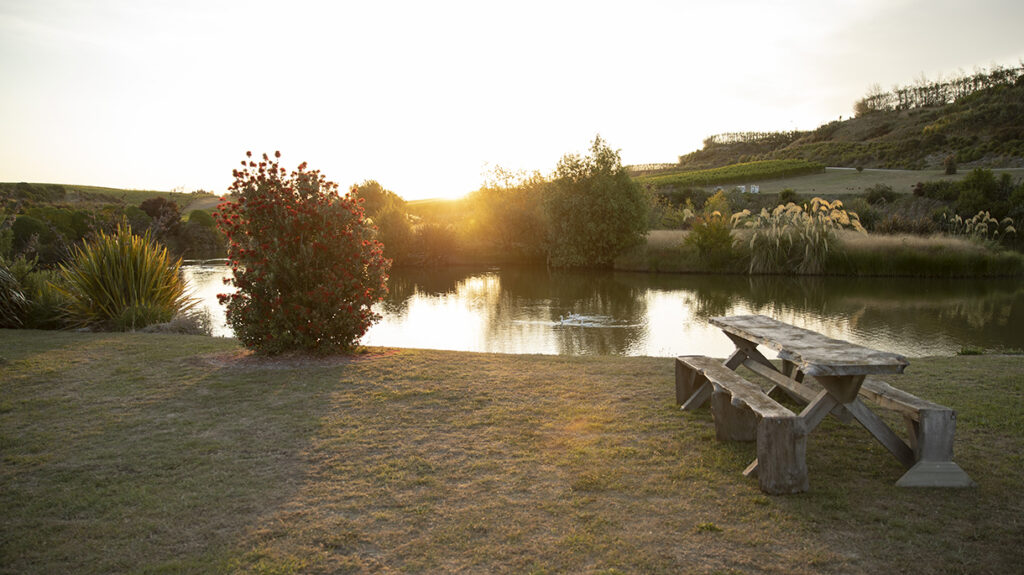
NC: I love tasting Sauvignon at this stage. Do you drink hazy beer? I think it would be great to have a Hazy Sauvignon Festival which was just a couple of weeks post harvest, when you’re doing your blending, before you filter or anything. I think it would be fun.
WF: Like a fresh Hop thing!?
NC: Yes, very seasonal, like Boom Boom Boom.
WF: The first time I ever had a Sour Beer, before they became a recognised thing. There was this shop and it was having a Clearance of 4-packs of Belgian, Oak-barrel matured, Sour Beer. So quite a posh beer, in bottles. I think I paid something like a bargain $10 for the pack. Poured one and at first I was like “Woah, this is off”, then I thought it wasn’t.. read the notes on the back of it, and got to the end of the first glass. I thought to myself – ‘that’s like I’ve never had a beer before in my life’ It was so different, so conflicting.
NC: This is the Baby Doll Sauvignon that’s just gone together and had no balancing at all, so might be quite acidic. I’m very excited about the ‘21s!
WF: That’s got a lovely lime cordial and an amazing elderflower lift to it.
NC: And this is the L5. It’s just finished ferment.
WF: So this is the one I really like from before… it’s a bit funky. It’s got a flavour I don’t taste often now that I live in the Southern hemisphere. You can get all different berries up there – white ones and pale green and pink ones. This has something of that to it – there’s a Scandinavian berry called Lingonberry that’s quite sweet and sour at once. Good texture to it.
NC: Salty, briny chalky. And finally, this will be different – this will become the S1.
WF: Amazing nose. That has got gooseberry to it, and I tend to stay away from that as a description because it’s both become quite a generic term, and who really has gooseberry often to know what it’s like?
Our final bit of business is to head down into the winery and have a look at the egg-shaped fermenters. I’m surprised to find out there’s a few of them. Whilst these are obviously working bits of kit in the winery, they are quite photogenic (I think it’s part of the appeal) and they’re something I’m going to be looking into more – but that’s for another time, in another feature somewhere in WineFolio future.

